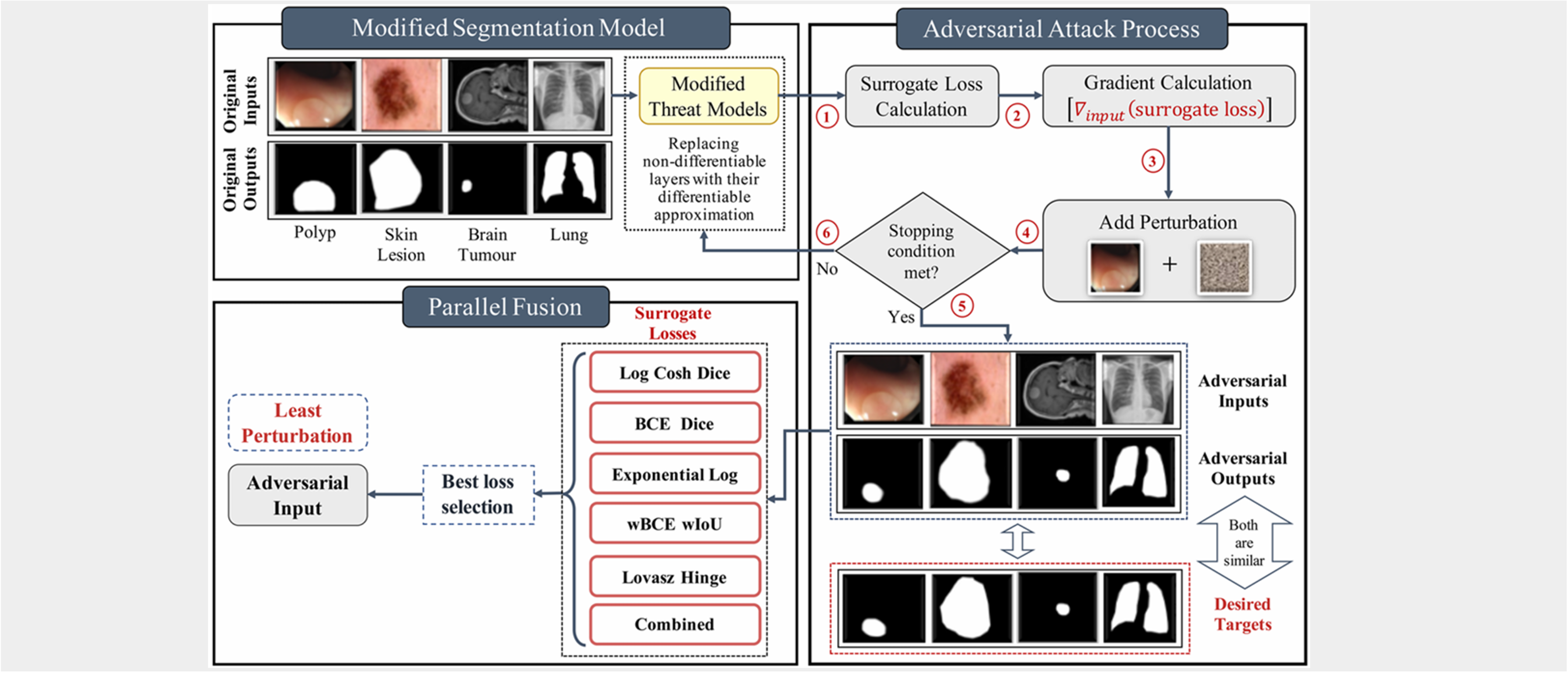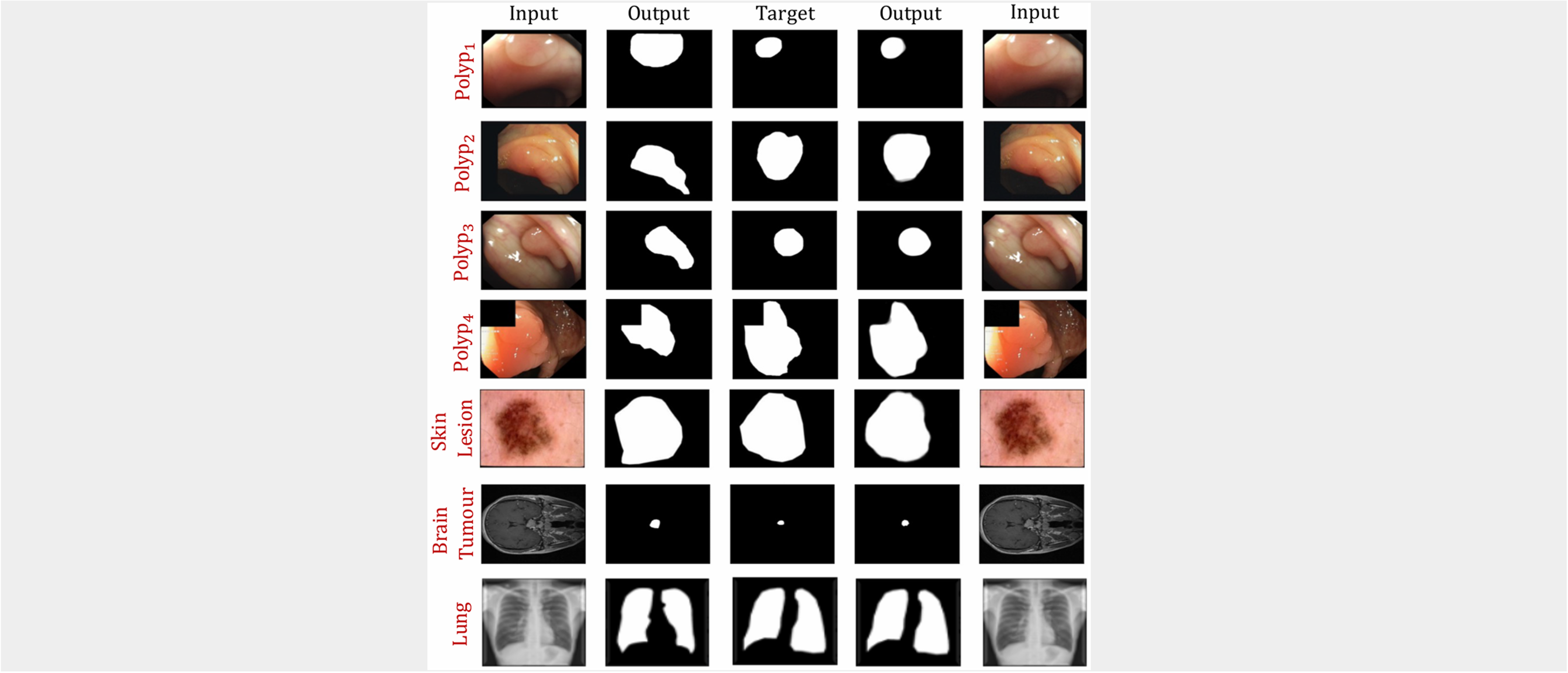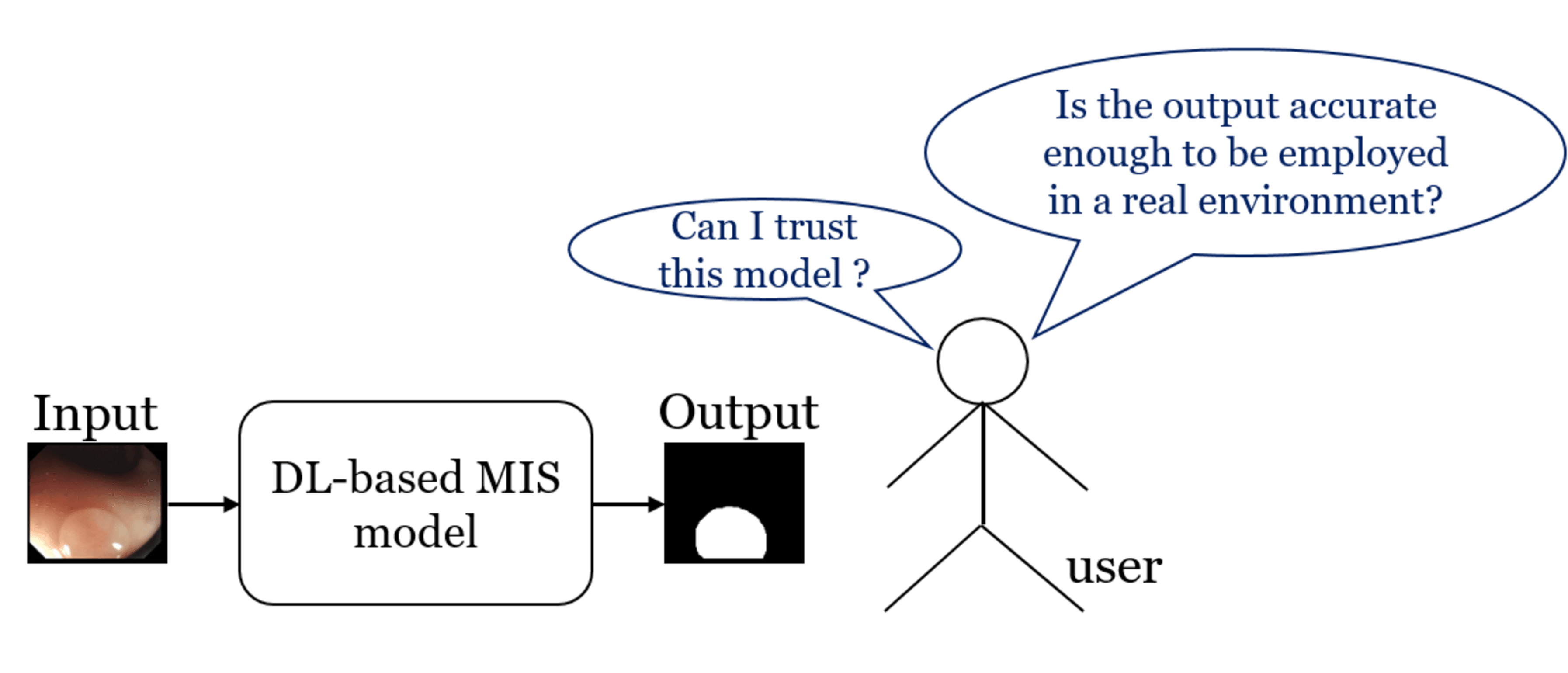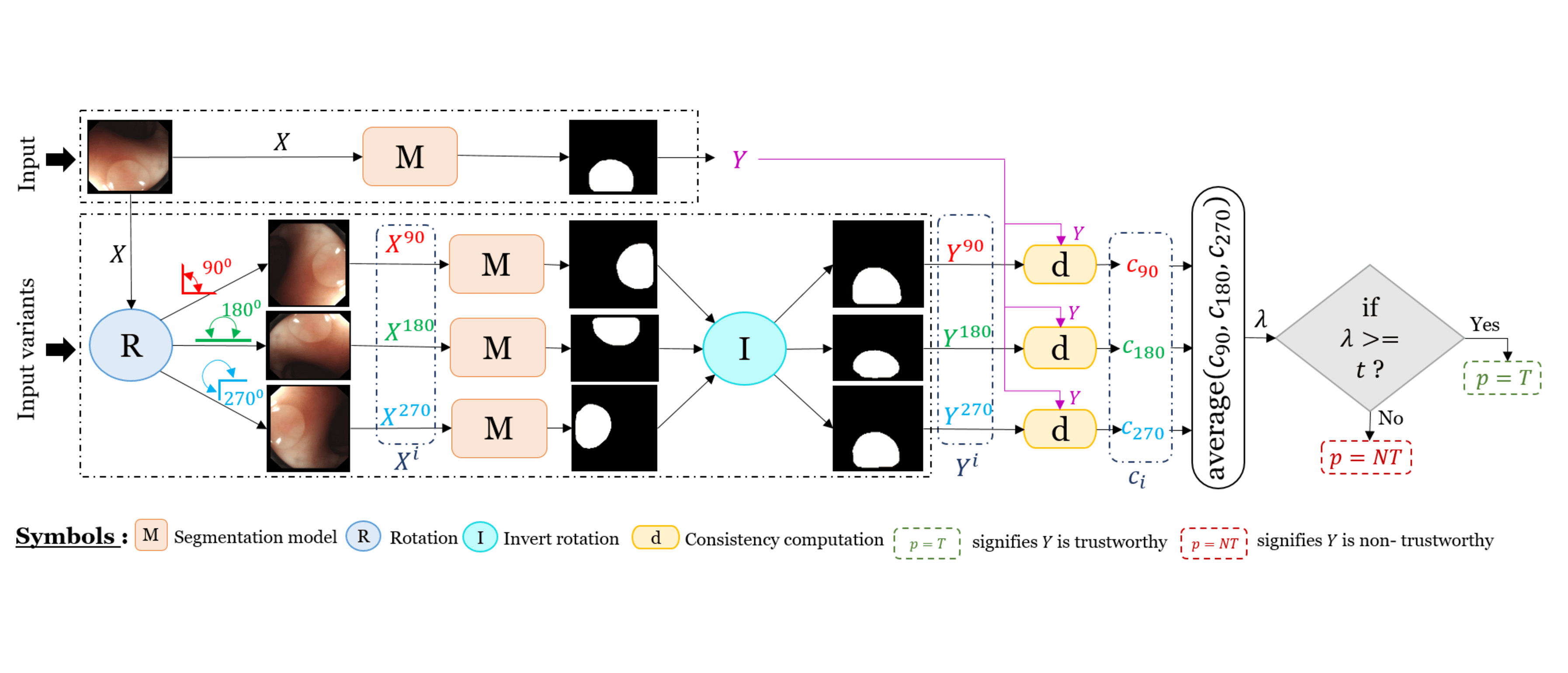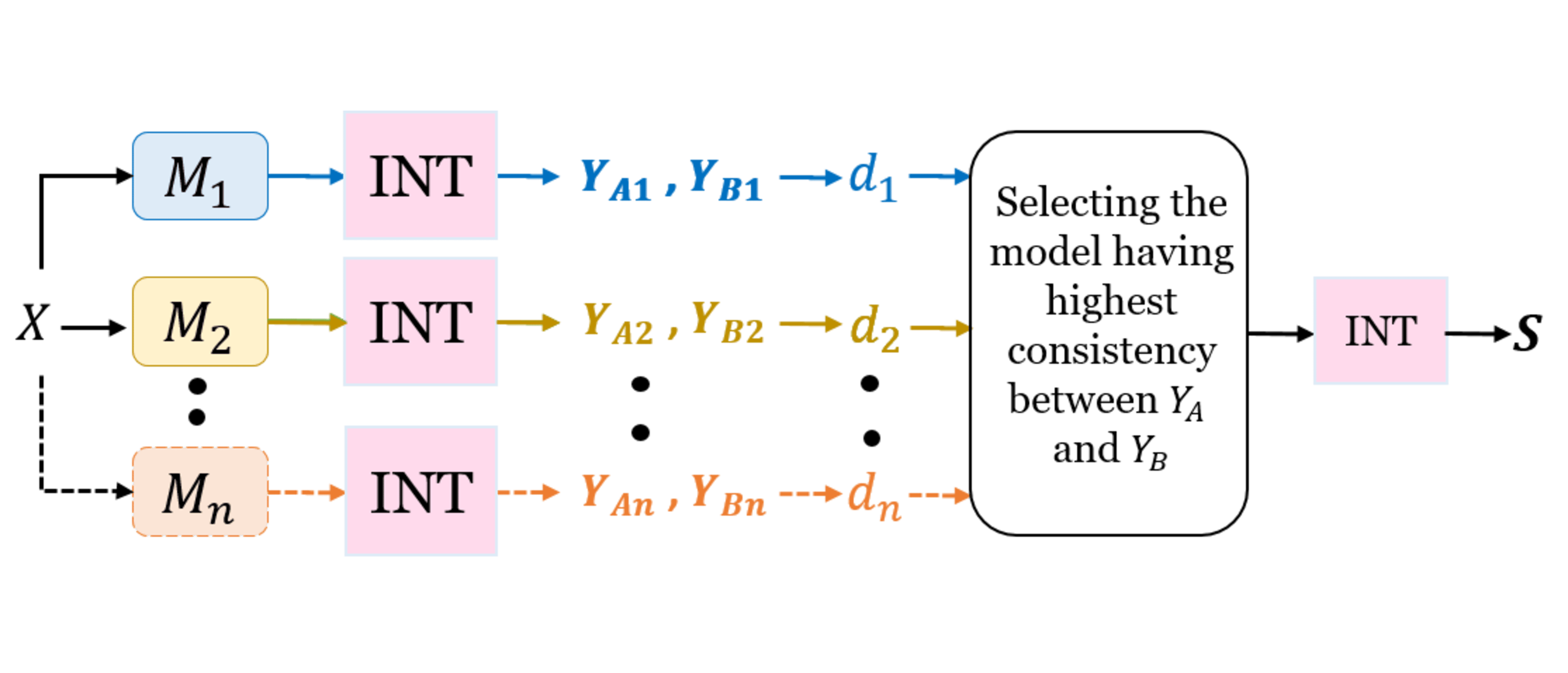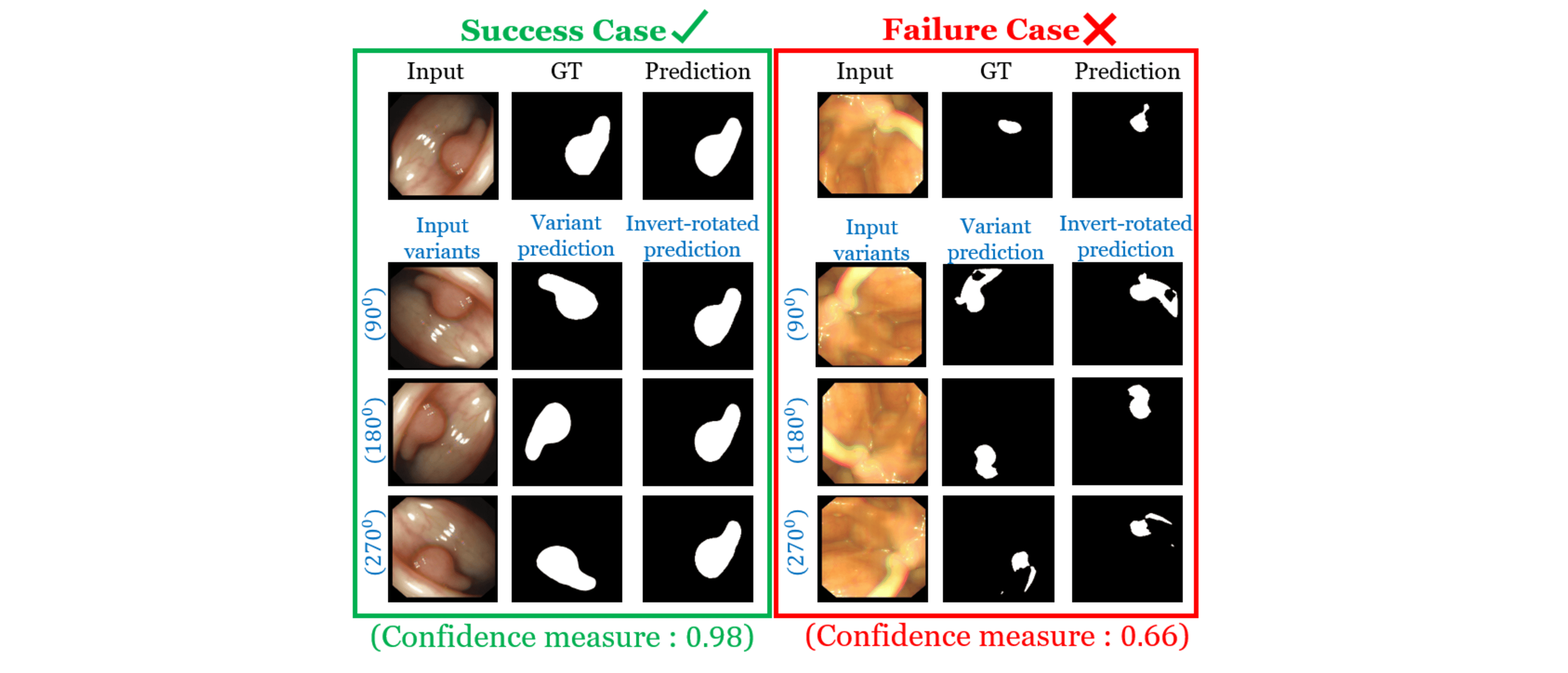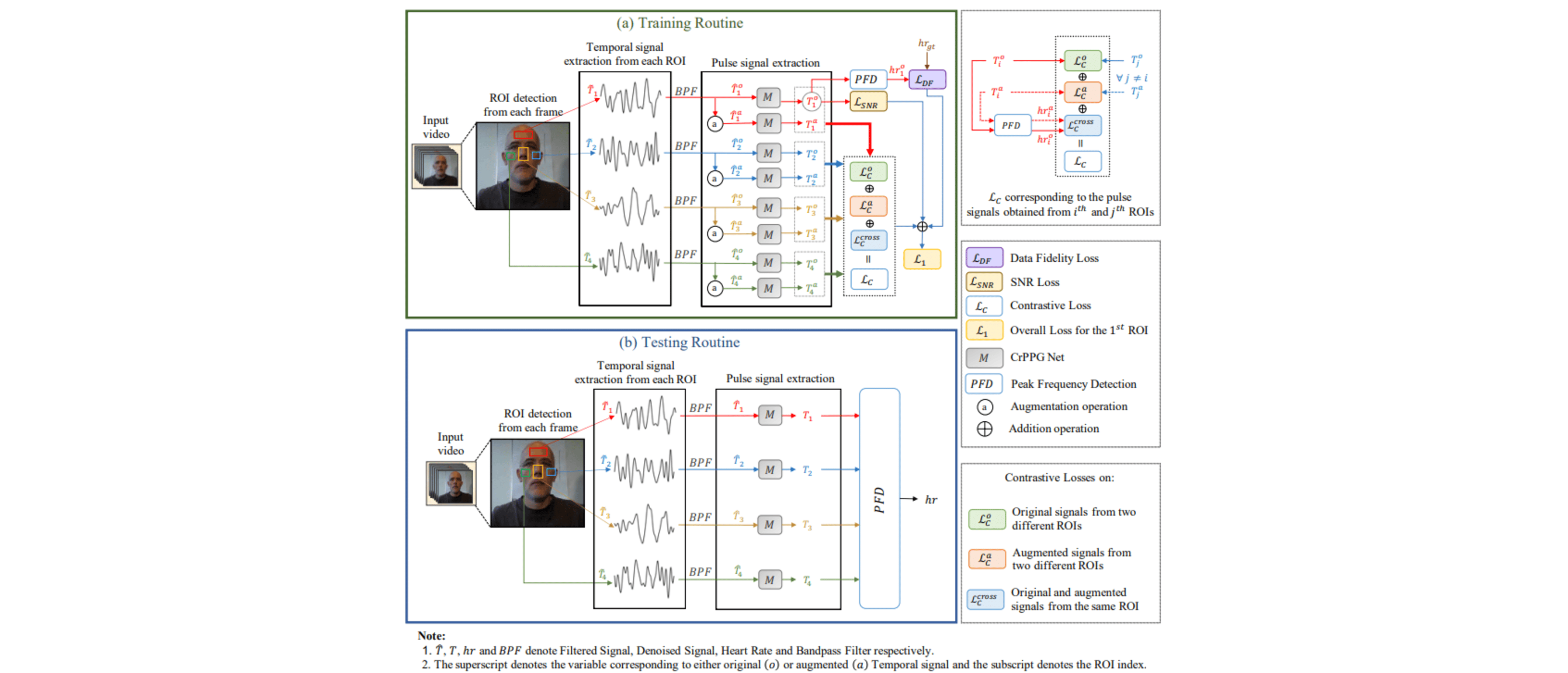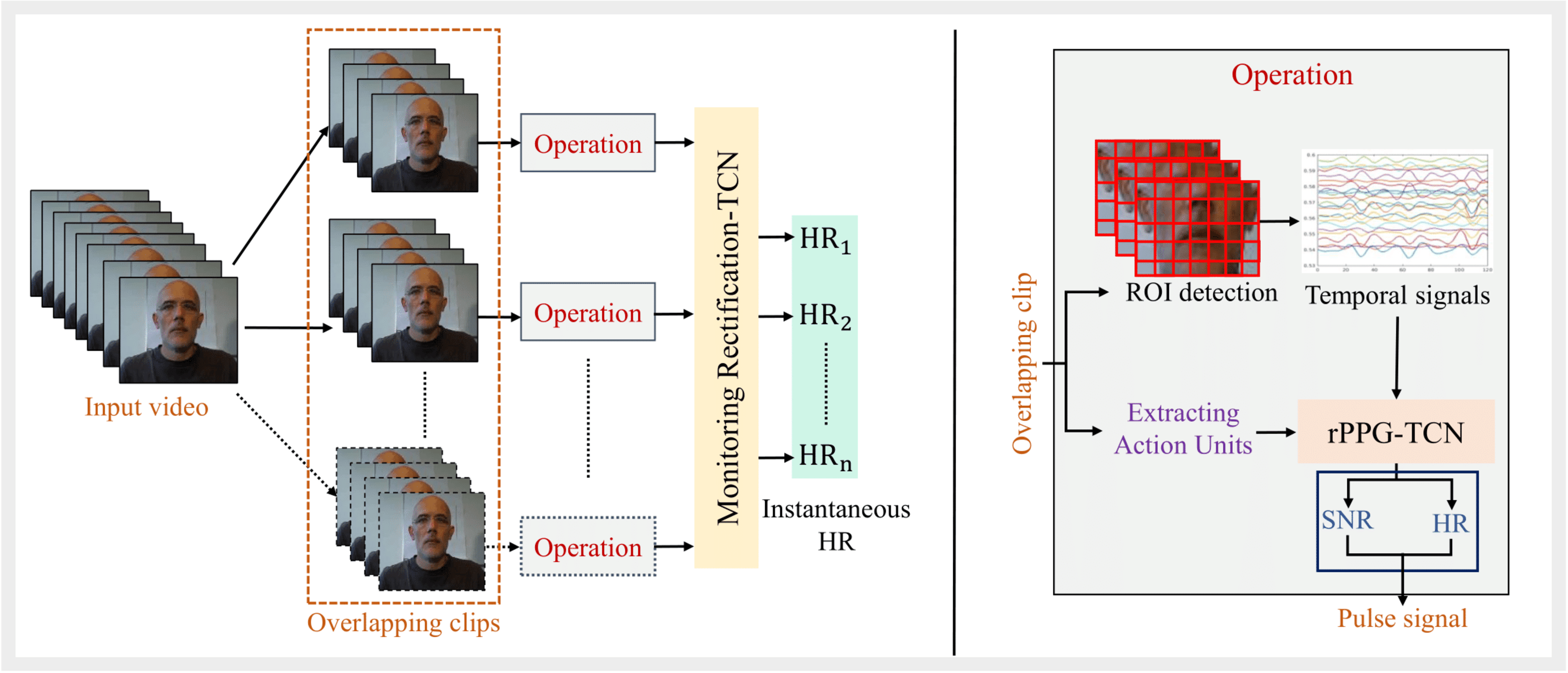Research Work
Adversarial Attacks on Medical Imaging Models
Description: Deep Learning (DL) models for medical imaging are vulnerable to carefully designed adversarial attacks. These attacks introduce subtle, human imperceptible perturbations to the input image, which can entirely mislead the model's predictions.
Challenges: DL-based medical image segmentation models often use non-differentiable loss functions and layers that obstruct gradient calculations, complicating attack execution.
Proposed Solution: A novel adversarial attack, MedIS, that employs parallel fusion to select optimal surrogate loss functions and replaces non-differentiable layers with differentiable approximations to enhance attack effectiveness.
Performance: MedIS attack achieves high attack success rate with least average perturbation, tested on various medical applications (e.g., lung, brain, skin lesion, and polyp segmentation) across numerous threat models.
Significance: Understanding these vulnerabilities is crucial for developing more resilient DL-based healthcare applications. This study emphasizes the need to implement security measures to address adversarial risks in critical medical systems.
Trustworthy Medical Imaging Models
Description: This work focuses on improving the trustworthiness and performance of DL models for Medical Image Segmentation (MIS).
Challenges: DL-based MIS models frequently generate opaque and unreliable predictions, especially on in-distribution (ID) samples, which can result in significant errors in the medical domain and also a lack of user trust in accepting the output.
Proposed Solution: A novel method, TrustMIS, which initially analyzes the consistency of predictions across input variants to measure confidence. Subsequently, it enhances the segmentation performance of non-trustworthy predictions. Eventually, it compares predictions across multiple models to select the most trustworthy output.
Performance: TrustMIS outperforms existing methods in accuracy and reliability on publicly available datasets. It does not require ground truth or retraining, making it adaptable and efficient.
Significance: TrustMIS addresses a critical gap in ensuring reliable predictions from MIS models, paving the way for safer deployment of AI in medical diagnostics and treatment planning.
Imroving Heart Rate Estimation from Non-Contact Face Videos
Description & Challenges: This work improves heart rate (HR) estimation from facial videos, addressing challenges posed by facial deformations and limited labelled datasets.
Proposed Solution: A novel method, ALPINE, which employs contrastive learning to capture rPPG information across multiple facial regions, minimizing local noise. It also utilises a temporal convolution network to effectively learn long-term temporal dependencies for accurate HR estimation.
Performance: ALPINE outperforms existing methods on public datasets by requiring less labelled data, demonstrating robustness to facial deformations, and enhancing heart rate prediction accuracy and reliability.
Significance: ALPINE sets a benchmark for non-contact HR estimation, offering robust and generalizable solutions ideal for healthcare and biometric applications.
Heart Rate Monitoring Using Temporal Convolution Network (TCN)
Description: This work presents the remote photoplethysmography (rPPG) method, designed for non-contact heart rate (HR) monitoring from facial videos, addressing the need for accurate and efficient HR monitoring in telehealthcare, especially in scenarios where physical contact should be minimized, such as during the COVID-19 pandemic.
Challenges: Short video durations and facial deformations, such as expressions or head movements, introduce noise and limit the temporal information available, making heart rate (HR) estimation challenging. These factors often lead to errors in instantaneous HR readings, reducing the reliability of continuous monitoring.
Proposed Solution: A novel method, HR-TRACK, which mainly works on two types of temporal convolution networks (TCNs): rPPG-TCN denoises temporal signals and extracts clean pulse signals using Action Units (AUs), while MR-TCN rectifies errors in HR values by leveraging Signal-to-Noise Ratios (SNR) and neighboring HR data. The system processes overlapping short clips from facial videos, extracting and correcting HR readings for reliable monitoring even in noisy conditions.
Performance: HR-TRACK surpasses existing HR monitoring methods, demonstrating strong correlation with ground-truth HR values.
Significance: HR-TRACK is a transformative method in remote HR monitoring, combining advanced AI techniques with practical healthcare needs.
